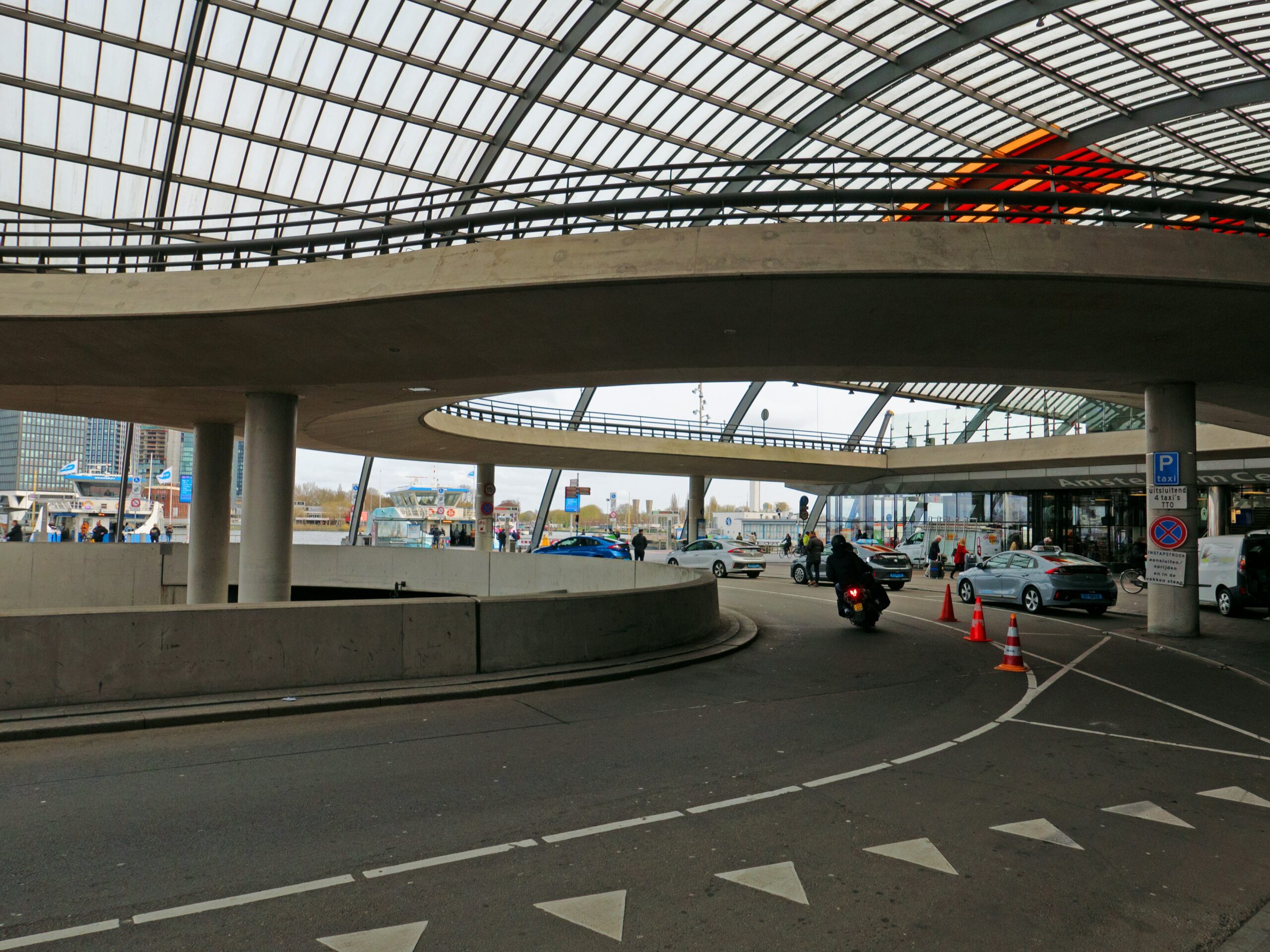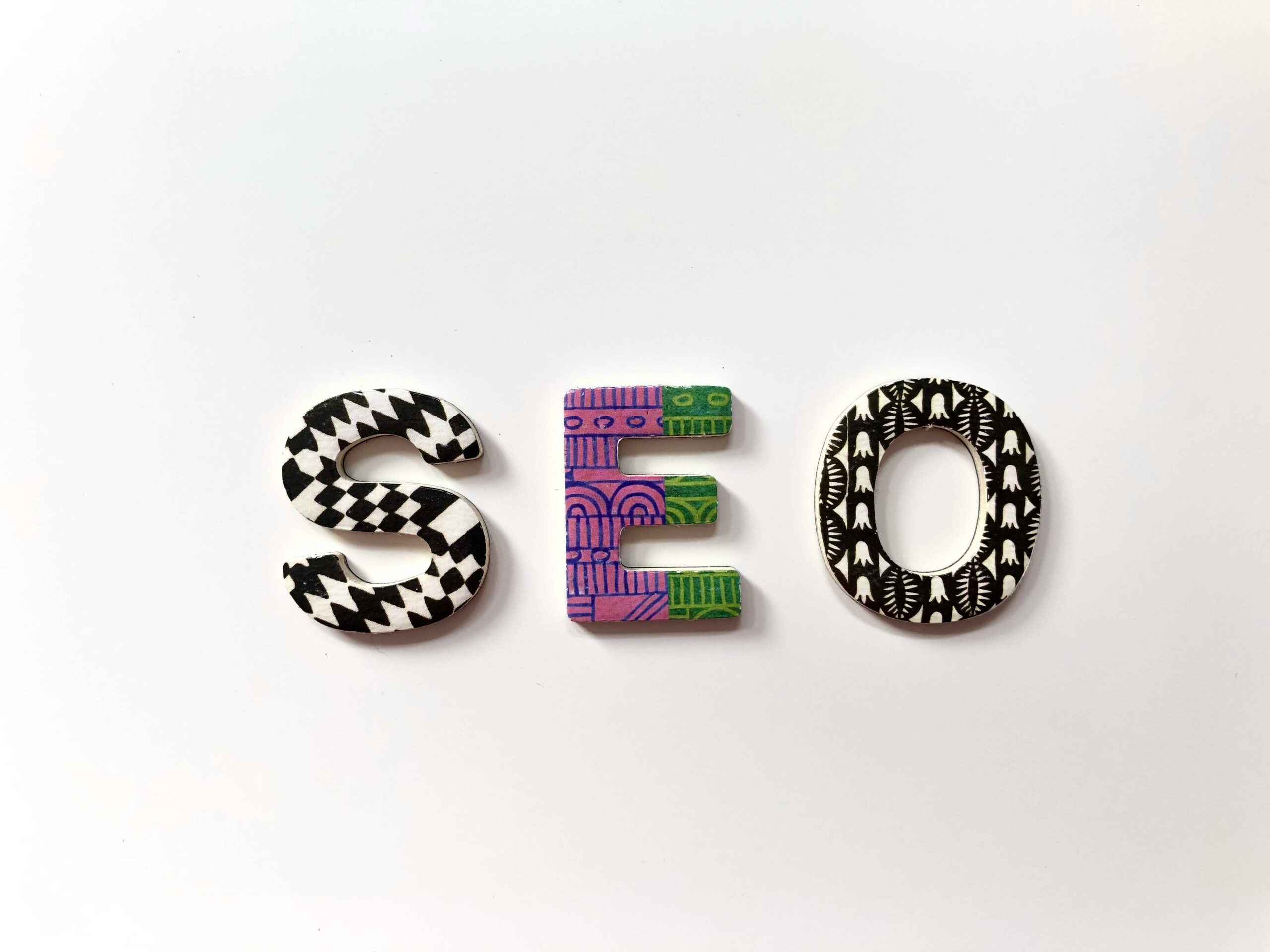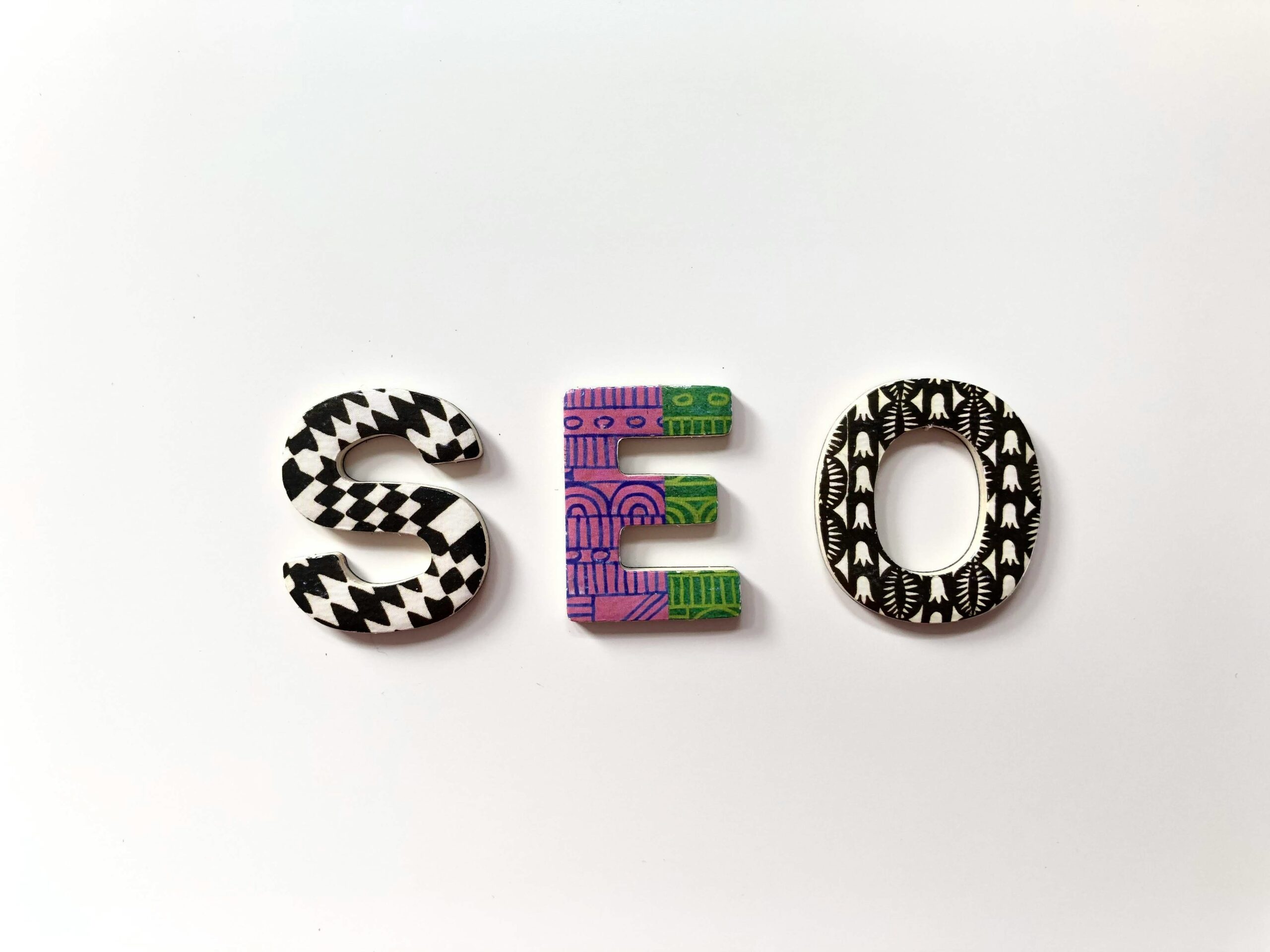Understanding Organic and Paid Website Traffic
When it comes to driving traffic to your website, there are two primary methods: organic traffic and paid traffic. Both approaches have their merits and can be effective in their own ways. In this blog post, we will explore the key differences between organic and paid website traffic, and help you determine which strategy is best suited for your business.
What is Organic Traffic?
Organic traffic refers to the visitors who come to your website through unpaid, natural search engine results. These are the users who find your website by clicking on a link in the search engine results pages (SERPs) after conducting a search using keywords related to your website or content.
Organic traffic is driven by search engine optimization (SEO) efforts, which include optimizing your website’s content, meta tags, and backlinks to improve its visibility and ranking in search engine results. When your website appears higher in the SERPs, it is more likely to attract organic traffic.
There are several advantages to organic traffic:
- Long-term sustainability: Unlike paid traffic, which stops flowing once you stop investing in advertising, organic traffic can provide a consistent stream of visitors to your website over time.
- Cost-effectiveness: While SEO efforts require time and resources, they are generally more cost-effective in the long run compared to paid advertising campaigns.
- Trust and credibility: Users tend to trust organic search results more than paid advertisements, as they perceive them as more genuine and relevant to their search queries.
What is Paid Traffic?
Paid traffic, as the name suggests, refers to the visitors who come to your website through paid advertising campaigns. This can include various forms of online advertising, such as pay-per-click (PPC) ads, display ads, social media ads, and sponsored content.
With paid traffic, you essentially pay for each visitor that clicks on your ad and lands on your website. The cost of these ads can vary depending on factors such as the competitiveness of your industry, the targeting options you choose, and the quality of your ad campaigns.
Here are some key advantages of paid traffic:
- Immediate results: Unlike organic traffic, which can take time to build up, paid traffic can generate instant results and drive visitors to your website as soon as your ad campaign is live.
- Precise targeting: Paid advertising platforms allow you to target specific demographics, interests, and search terms, ensuring that your ads reach the right audience.
- Scalability: With paid traffic, you have the ability to scale your advertising efforts based on your budget and business goals. You can increase or decrease your ad spend to reach a larger or more targeted audience.
Which Approach is Right for Your Business?
Deciding between organic and paid traffic ultimately depends on your business goals, budget, and resources. Here are a few factors to consider when making your decision:
1. Budget
If you have a limited budget, organic traffic may be a more viable option. While it requires time and effort to optimize your website for search engines, the long-term benefits can outweigh the initial investment. On the other hand, if you have a larger advertising budget, paid traffic can provide immediate results and help you reach a wider audience.
2. Timeframe
If you need to drive traffic to your website quickly, paid traffic is the way to go. With paid advertising campaigns, you can start seeing results within hours or days. However, if you have a longer timeframe and are willing to invest in SEO efforts, organic traffic can deliver sustainable results over time.
3. Target Audience
Consider your target audience and their online behavior. Are they more likely to click on organic search results or engage with paid advertisements? Understanding your audience’s preferences can help you determine which approach will be more effective in reaching and engaging with them.
4. Competition
Assess the level of competition in your industry. If you are operating in a highly competitive market, it may be more challenging to achieve top organic rankings. In such cases, a combination of organic and paid traffic strategies can help you maximize your visibility and reach.
Combining Organic and Paid Traffic Strategies
While organic and paid traffic are distinct approaches, they can also complement each other when used together strategically. By combining both strategies, you can benefit from the advantages of each and maximize your website’s visibility and traffic.
For example, you can use paid advertising campaigns to drive immediate traffic to your website while simultaneously working on your SEO efforts to improve your organic rankings. This way, you can generate immediate results while also building a sustainable flow of organic traffic over time.
Additionally, paid advertising can help you identify high-converting keywords and target audience segments, which can inform your organic SEO strategy and help you optimize your website’s content for better rankings.
Conclusion
Organic and paid website traffic are two distinct approaches to driving visitors to your website. Organic traffic relies on SEO efforts to attract visitors through natural search engine results, while paid traffic involves investing in advertising campaigns to drive immediate traffic. Both approaches have their merits, and the choice between the two depends on your business goals, budget, and resources.
Ultimately, a well-rounded marketing strategy may involve a combination of organic and paid traffic strategies. By leveraging the advantages of both approaches, you can maximize your website’s visibility, reach your target audience effectively, and drive sustainable traffic to your website.



